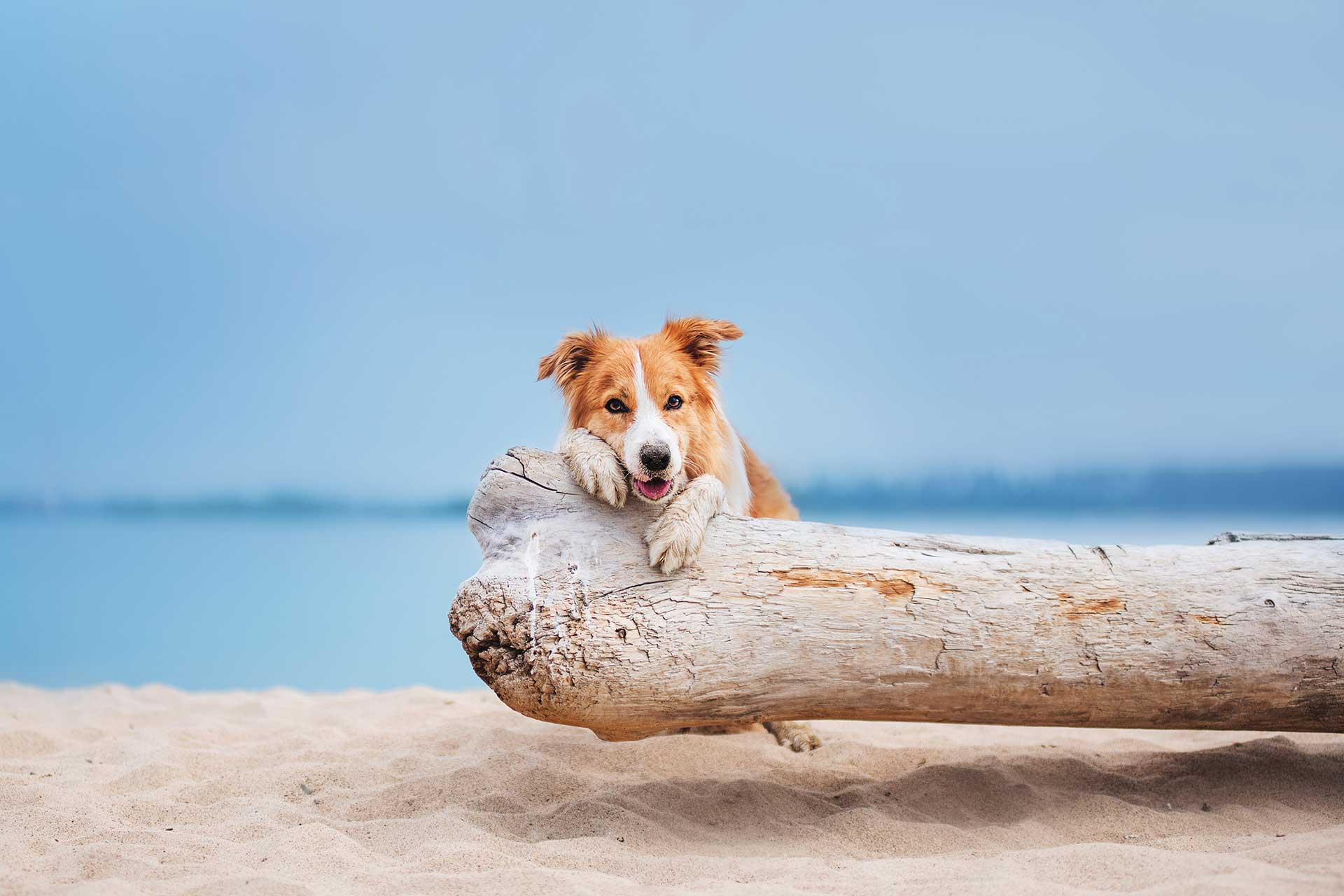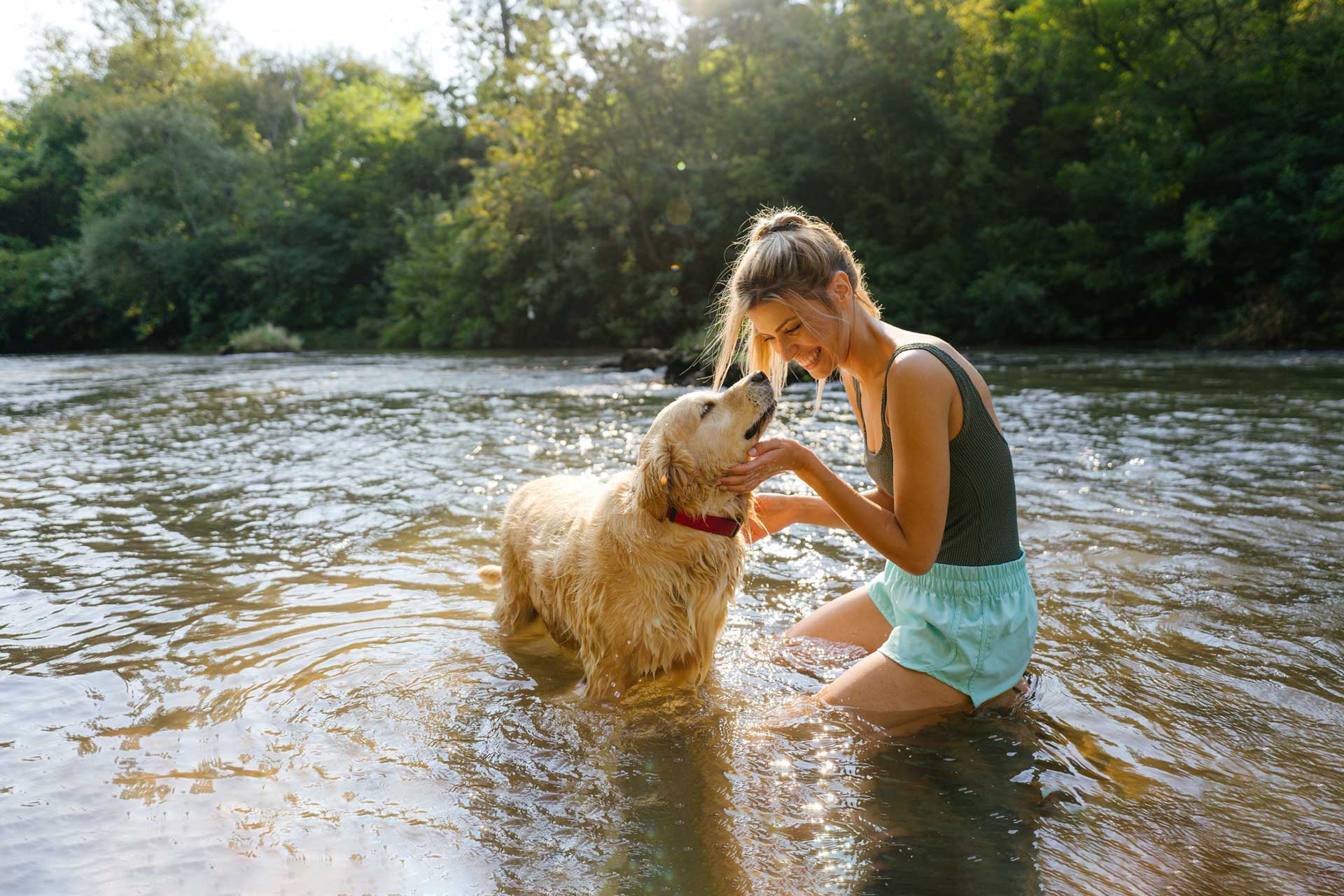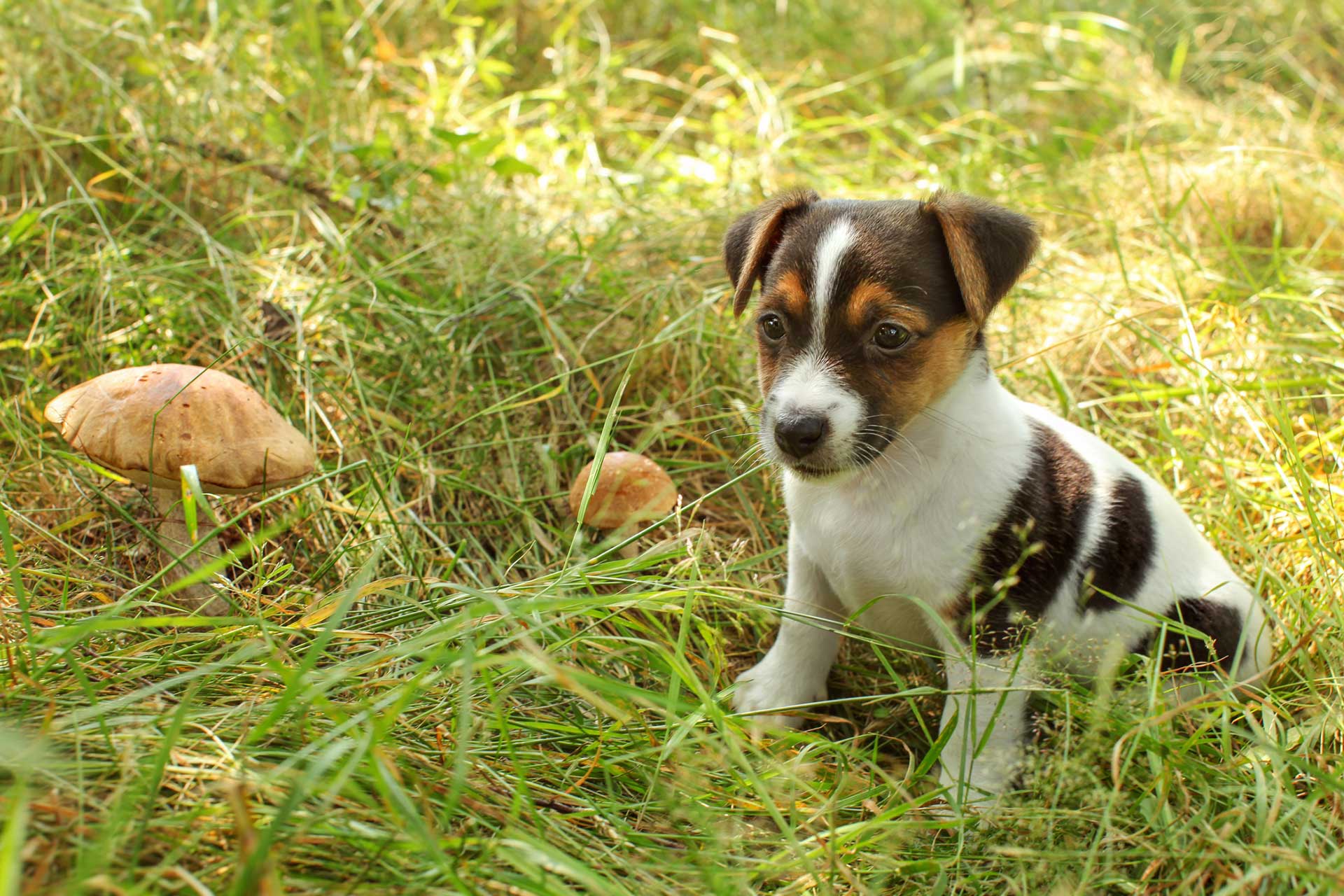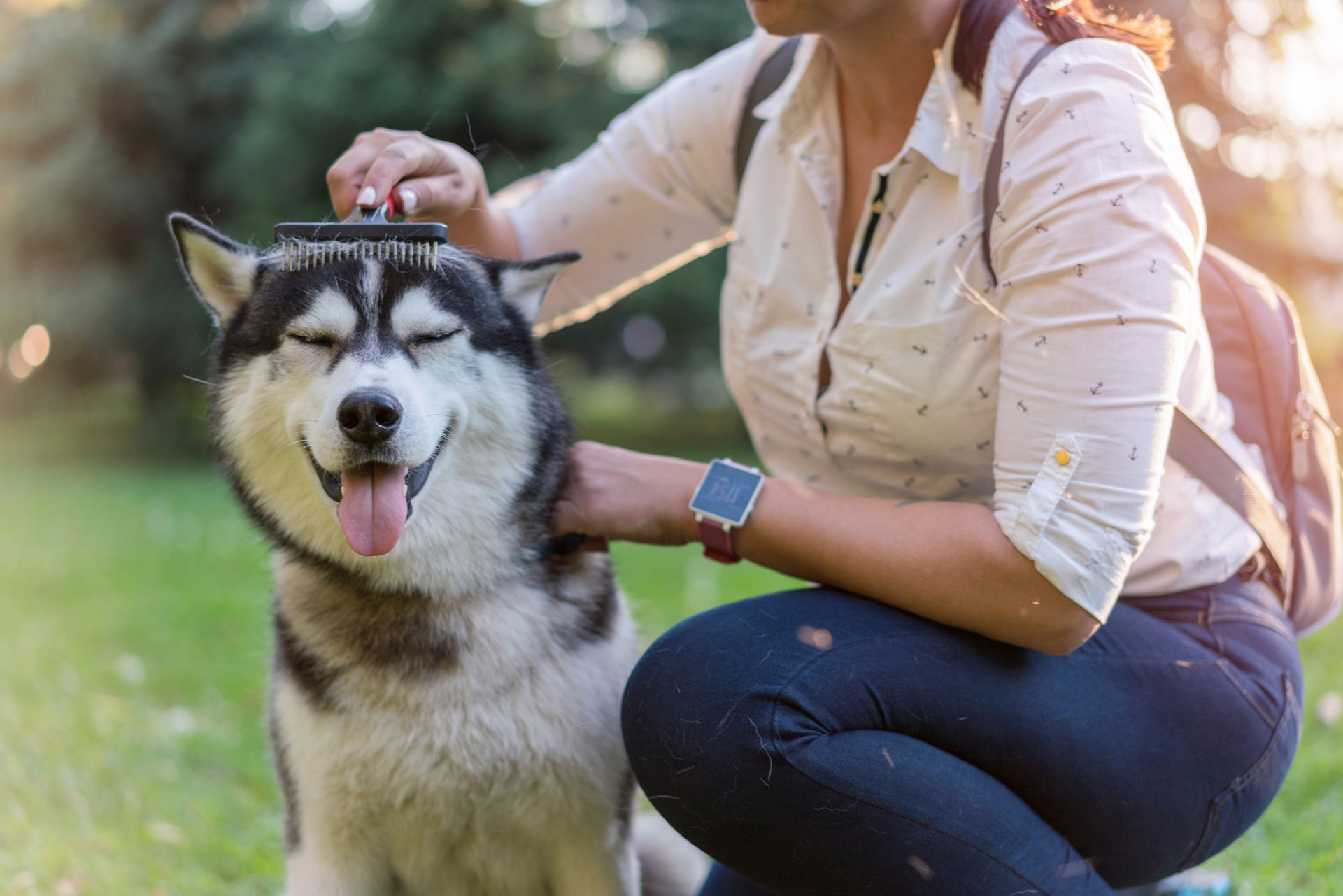Can dogs get sunburned?
Much like humans, dogs can experience the discomfort of sunburn, which not only causes pain but also increases the risk of skin cancer. There’s a common misconception that dog’s fur provides ample protection again the sun’s harmful effects. While fur does offer some defence, it’s not a foolproof shield, especially for dogs with short or light-coloured fur. Read on to understand the risks, the signs of sunburn in your dog and what preventive measures can save you a trip to the vet. Are some dogs more prone to sunburn? Absolutely. Dogs with white fur tend to have fair skin, making them more vulnerable to sun damage. Dogs with naturally thin hair, and especially hairless breeds, such as Chinese Crested dogs, face a higher risk for sunburn and skin cancer. All dogs, regardless of the thickness of their coats, have vulnerable areas of the body with little to no fur; their belly, ears, and even nose ...












